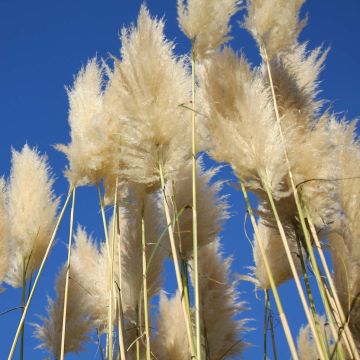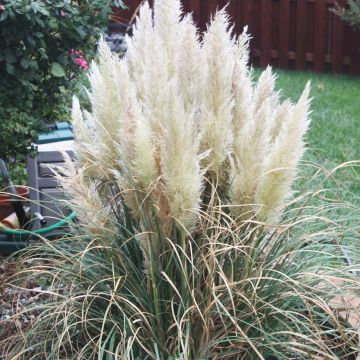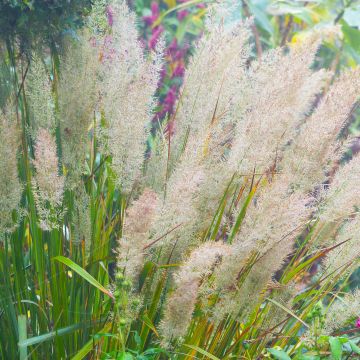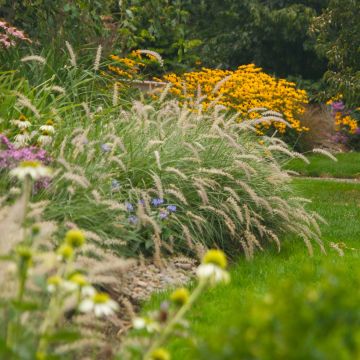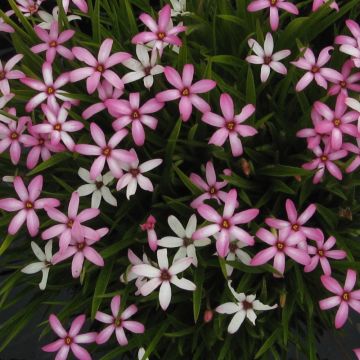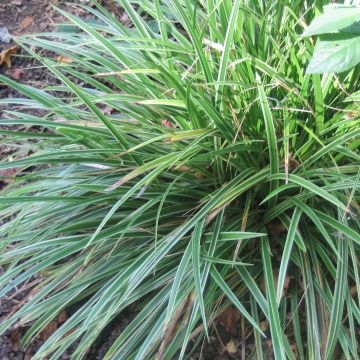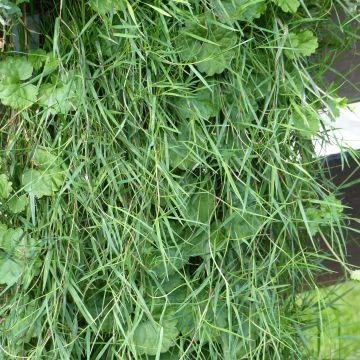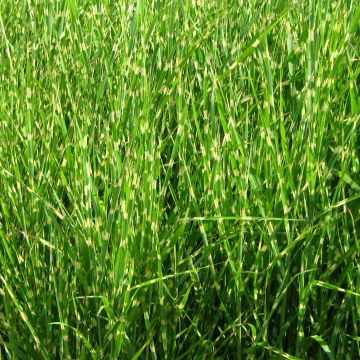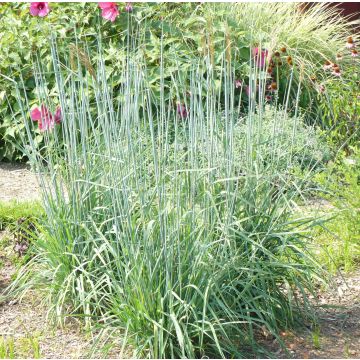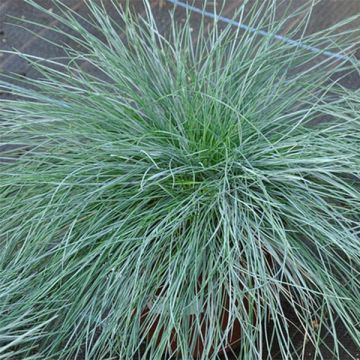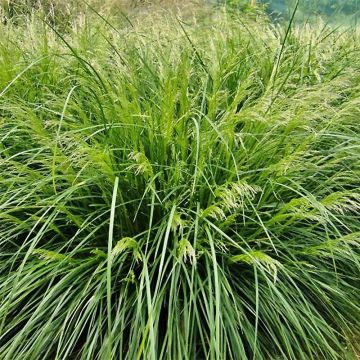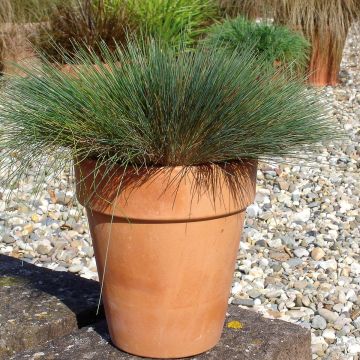Shipping country and language
Your country of residence may be:
Your country of residence is:
For a better user experience on our website, you can select:
Your shipping country:
-
Andorra
-
Austria
-
Belgium
-
Bulgaria
-
Canada
-
Chile
-
Croatia
-
Cyprus
-
Czechia
-
Denmark
-
Estonia
-
Finland
-
France
-
Germany
-
Greece
-
Hungary
-
Iceland
-
Ireland
-
Italy
-
Latvia
-
Lithuania
-
Luxembourg
-
Malta
-
Monaco
-
Netherlands
-
Poland
-
Portugal
-
Romania
-
Slovakia
-
Slovenia
-
Spain
-
Sweden
-
Switzerland
-
United Kingdom
We only deliver seed and bulb products to your country. If you add other products to your basket, they cannot be shipped.
Language:
-
French
-
German
-
Spanish
-
English
-
Italian
My Account
Hello
My wish lists
Log in / Register
Existing customer?
New customer?
Create an account to track your orders, access our customer service and, if you wish, make the most of our upcoming offers.
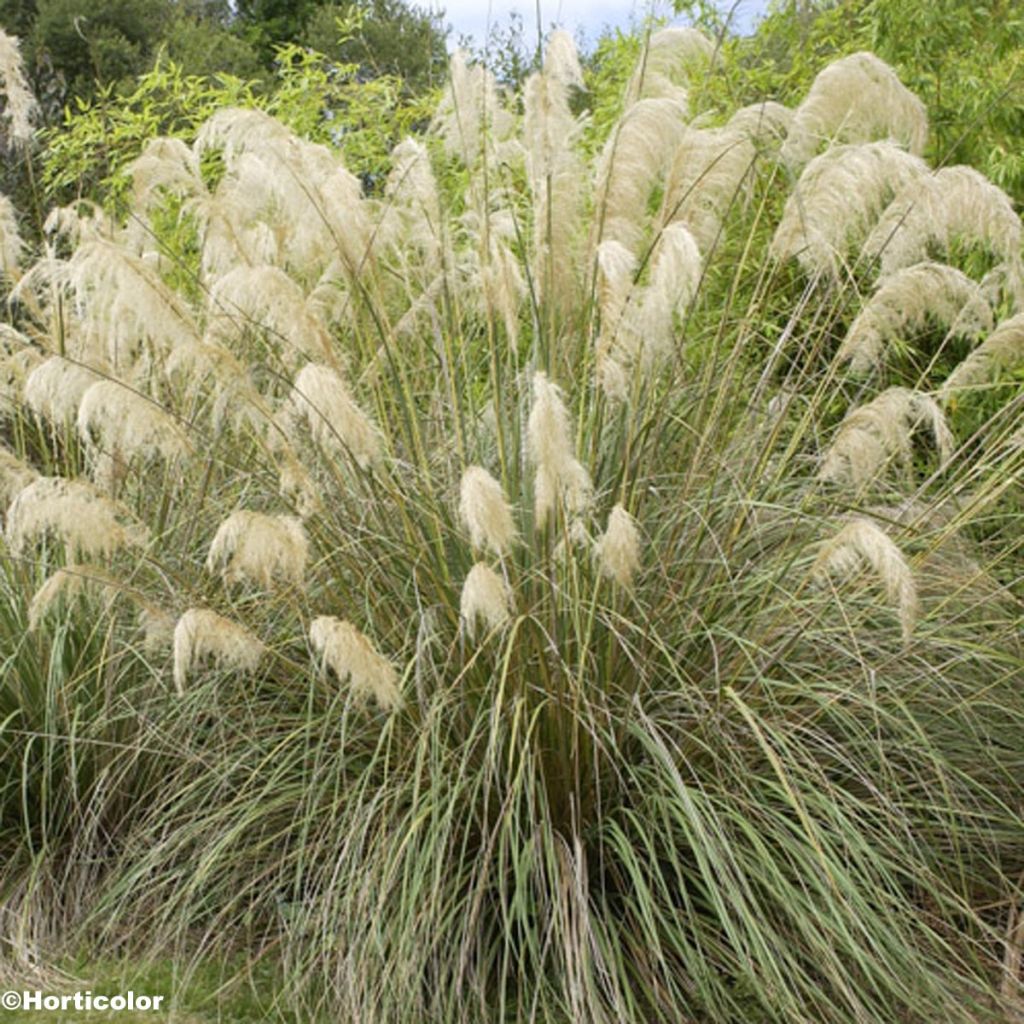

Cortaderia richardii, Herbe de la Pampa
Cortaderia richardii - Compact Pampas Grass
Cortaderia richardiii
South Island Pampas Grass, Richard's Pampas Grass
young plant apparement de qualite I'm waiting for the demarrage
David B., 06/04/2018
Order in the next for dispatch today!
Dispatch by letter from €3.90.
Delivery charge from €5.90 Oversize package delivery charge from €6.90.
More information
This item is not available in your country.
Schedule delivery date,
and select date in basket
This plant carries a 12 months recovery warranty
More information
We guarantee the quality of our plants for a full growing cycle, and will replace at our expense any plant that fails to recover under normal climatic and planting conditions.
From €5.90 for pickup delivery and €6.90 for home delivery
Express home delivery from €8.90.
Does this plant fit my garden?
Set up your Plantfit profile →
Description
IMPORTANT: for the preservation of our natural ecosystems, we have removed this plant from our catalogue as it is considered invasive. Therefore, it is no longer available for sale.
Cortaderia richardii is pampas grass, also known as Richard's pampas grass. It is a smaller, more compact and earlier-flowering perennial grass than the sellona species. From an attractive tuft of fine, bluish-green, arching leaves, large stems sprout in early summer, bearing charming, light, drooping, creamy buff-coloured spikes. Moderately hardy but wind-tolerant, it thrives in sun or part-shade, in ordinary soil, even poor, dry or damp, and even salt-laden. Its light, architectural charm is best appreciated in a bed or hedge, rather than as a standalone plant..
Cortaderia richardii is an ornamental grass belonging to the Poaceae family. It is native to New Zealand, unlike the sellona species which comes from Argentina and Brazil. In its natural habitat, it thrives in all types of environments, dry or wet, poor sandy soils of dunes. This grass forms a clump of linear, evergreen foliage in mild climates, with cutting, leathery, and rustling leaves, reaching a height of 1.20 m (4ft) and a width of 80 cm (32in) with a slightly arched habit. During flowering, it can reach up to 2 metres (7 feet). The leaves are bluish-green. Flower heads appear in early summer, June-July, emerging from the centre of the shrub in the form of loose, cream-coloured panicles measuring 30 to 60 cm (12 to 24in) in length. They are carried by flexible, cylindrical stems resistant to wind. It is hardy down to -12°C (10.4°F).
Cortaderia richardii is a very exotic plant and forms large tufts. However, it is essential to carefully consider before planting it in the garden. This grass is not demanding and can adapt to any garden except the smallest ones. It is best suited for large borders where its strong presence brings structure and grace, provided it has enough space to grow. Plant it among asters, behind chrysanthemums or perpetual roses, and let it grow and fill out. It looks mesmerising in a wild and tousled ambiance or modern and sleek settings when it plays with the wind and bends under the rain showers. In urban areas, pastel-coloured pampas grasses integrate well and soften the edges without clashing. They look magnificent near water features when accompanied by vernonias in well-drained soil.
Attention: Pampas grass can be invasive in certain regions. Once it escapes from the garden, it colonises fallow land, sandy environments and wetlands quickly causing significant ecological disruptions. If you live near any of these places, we recommend not planting it - instead consider other architectural grasses, such as Miscanthus.
Report an error about the product description
Cortaderia richardii - Compact Pampas Grass in pictures
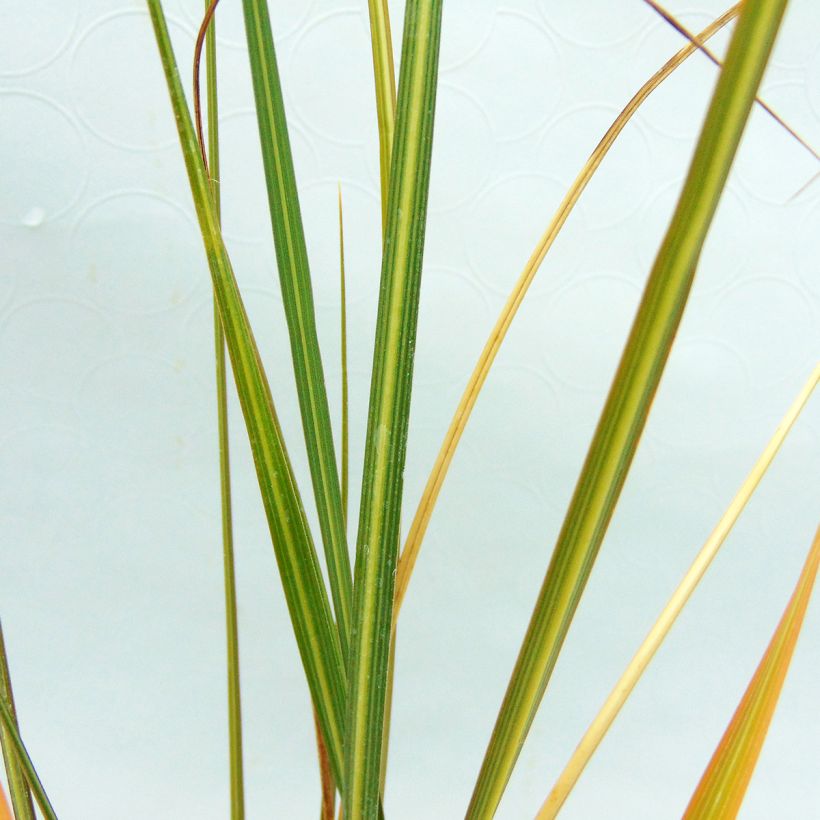

Flowering
Foliage
Plant habit
Botanical data
Cortaderia
richardiii
Poaceae
South Island Pampas Grass, Richard's Pampas Grass
Oceania
Other Cortaderia
Planting and care
For best results, plant the small pampas grass in a soil that is moist yet well-drained. However, if the soil is less fertile, mediocre, or salty, it will still tolerate it. Avoid heavy and compact soils that get waterlogged in winter. After planting, water abundantly and provide regular watering during the first year. A mature and well-established plant can withstand a maximum temperature of -12°C (10.4°F). If you live in a colder area, plant it in a sheltered location with well draining soil, preferably in spring, to increase its chances of surviving severe frosts.
Planting period
Intended location
Care
-
, onOrder confirmed
Reply from on Promesse de fleurs
Ornamental grasses
Haven't found what you were looking for?
Hardiness is the lowest winter temperature a plant can endure without suffering serious damage or even dying. However, hardiness is affected by location (a sheltered area, such as a patio), protection (winter cover) and soil type (hardiness is improved by well-drained soil).

Photo Sharing Terms & Conditions
In order to encourage gardeners to interact and share their experiences, Promesse de fleurs offers various media enabling content to be uploaded onto its Site - in particular via the ‘Photo sharing’ module.
The User agrees to refrain from:
- Posting any content that is illegal, prejudicial, insulting, racist, inciteful to hatred, revisionist, contrary to public decency, that infringes on privacy or on the privacy rights of third parties, in particular the publicity rights of persons and goods, intellectual property rights, or the right to privacy.
- Submitting content on behalf of a third party;
- Impersonate the identity of a third party and/or publish any personal information about a third party;
In general, the User undertakes to refrain from any unethical behaviour.
All Content (in particular text, comments, files, images, photos, videos, creative works, etc.), which may be subject to property or intellectual property rights, image or other private rights, shall remain the property of the User, subject to the limited rights granted by the terms of the licence granted by Promesse de fleurs as stated below. Users are at liberty to publish or not to publish such Content on the Site, notably via the ‘Photo Sharing’ facility, and accept that this Content shall be made public and freely accessible, notably on the Internet.
Users further acknowledge, undertake to have ,and guarantee that they hold all necessary rights and permissions to publish such material on the Site, in particular with regard to the legislation in force pertaining to any privacy, property, intellectual property, image, or contractual rights, or rights of any other nature. By publishing such Content on the Site, Users acknowledge accepting full liability as publishers of the Content within the meaning of the law, and grant Promesse de fleurs, free of charge, an inclusive, worldwide licence for the said Content for the entire duration of its publication, including all reproduction, representation, up/downloading, displaying, performing, transmission, and storage rights.
Users also grant permission for their name to be linked to the Content and accept that this link may not always be made available.
By engaging in posting material, Users consent to their Content becoming automatically accessible on the Internet, in particular on other sites and/or blogs and/or web pages of the Promesse de fleurs site, including in particular social pages and the Promesse de fleurs catalogue.
Users may secure the removal of entrusted content free of charge by issuing a simple request via our contact form.
The flowering period indicated on our website applies to countries and regions located in USDA zone 8 (France, the United Kingdom, Ireland, the Netherlands, etc.)
It will vary according to where you live:
- In zones 9 to 10 (Italy, Spain, Greece, etc.), flowering will occur about 2 to 4 weeks earlier.
- In zones 6 to 7 (Germany, Poland, Slovenia, and lower mountainous regions), flowering will be delayed by 2 to 3 weeks.
- In zone 5 (Central Europe, Scandinavia), blooming will be delayed by 3 to 5 weeks.
In temperate climates, pruning of spring-flowering shrubs (forsythia, spireas, etc.) should be done just after flowering.
Pruning of summer-flowering shrubs (Indian Lilac, Perovskia, etc.) can be done in winter or spring.
In cold regions as well as with frost-sensitive plants, avoid pruning too early when severe frosts may still occur.
The planting period indicated on our website applies to countries and regions located in USDA zone 8 (France, United Kingdom, Ireland, Netherlands).
It will vary according to where you live:
- In Mediterranean zones (Marseille, Madrid, Milan, etc.), autumn and winter are the best planting periods.
- In continental zones (Strasbourg, Munich, Vienna, etc.), delay planting by 2 to 3 weeks in spring and bring it forward by 2 to 4 weeks in autumn.
- In mountainous regions (the Alps, Pyrenees, Carpathians, etc.), it is best to plant in late spring (May-June) or late summer (August-September).
The harvesting period indicated on our website applies to countries and regions in USDA zone 8 (France, England, Ireland, the Netherlands).
In colder areas (Scandinavia, Poland, Austria...) fruit and vegetable harvests are likely to be delayed by 3-4 weeks.
In warmer areas (Italy, Spain, Greece, etc.), harvesting will probably take place earlier, depending on weather conditions.
The sowing periods indicated on our website apply to countries and regions within USDA Zone 8 (France, UK, Ireland, Netherlands).
In colder areas (Scandinavia, Poland, Austria...), delay any outdoor sowing by 3-4 weeks, or sow under glass.
In warmer climes (Italy, Spain, Greece, etc.), bring outdoor sowing forward by a few weeks.
